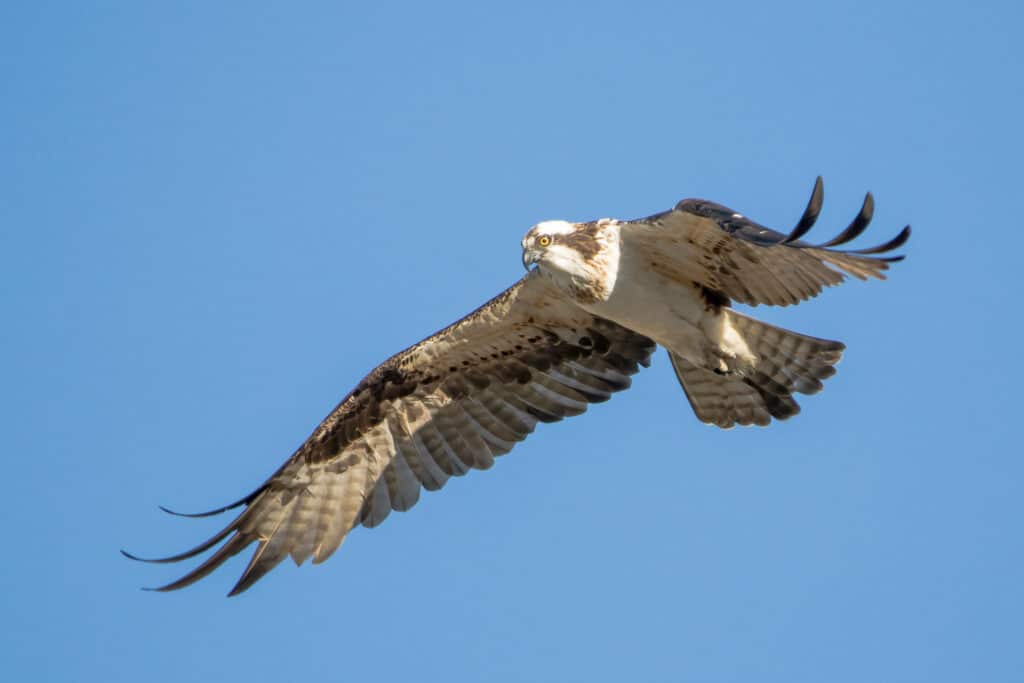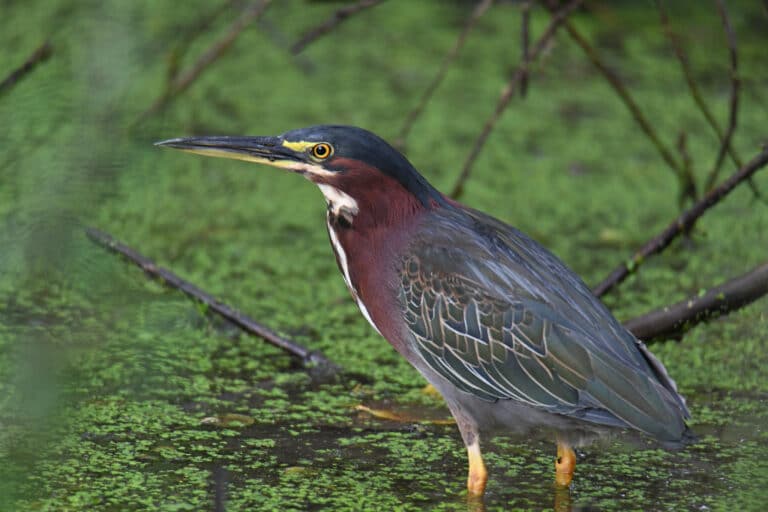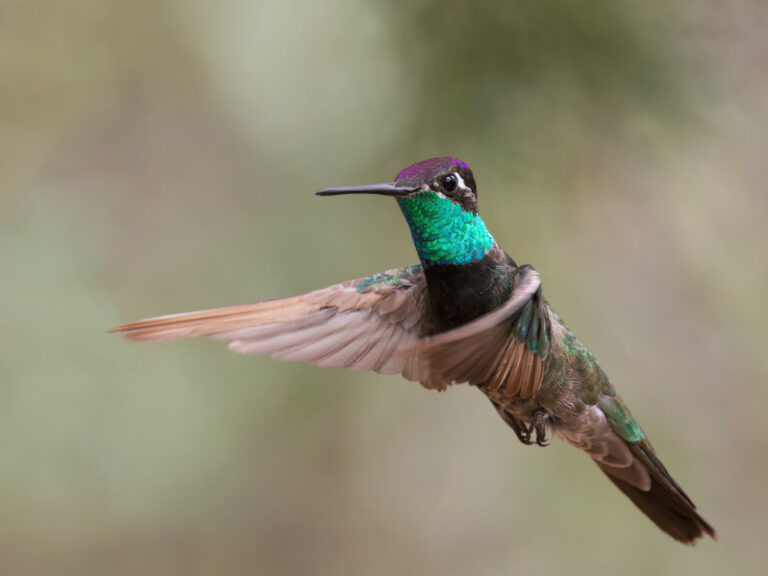Sea Eagles in Arizona? Yes, arid Southeast Arizona does indeed have habitat for the fish eating Osprey. This striking, long-winged raptor with a stark white and brown body, dark face mask, and intense yellow eyes breeds in North America, Europe, and Asia, and then winters in subtropical and tropical regions. Most sightings near Tucson occur in our cooler months and during migration—birds are usually seen at Patagonia Lake, Lakeside Park, and other larger water bodies.
The Osprey is a unique species with a certain allure, and it’s easy to see why. It occupies a broad range of habitats from fresh water mountain lakes to salt marshes and coastal areas and is the only bird of prey that plunge-dives to catch live fish as its main source of food (99% of the time). And it’s very good at it, typically catching fish on 25% of attempts (sometimes up to 70%!), with an average hunting time of about 12 minutes! The Osprey dives feet first to capture prey, but can only access the top few feet of water, so it’s restricted to foraging for fish near the surface. Wing bone adaptations then allow it to produce the powerful thrusts needed to take off while partially submerged with a heavy load, sometimes as much as 50% of the Osprey’s body mass! Once in the air, the fish is manipulated to be facing forward, using its hydrodynamic streamlining to reduce aerodynamic drag, while a reversible outer toe and barbed foot pads help keep hold of the slippery prey.
The Osprey has had an intimate relationship with humans, adding to its mystique. Historically, it built large, untidy stick nests at the tops of very tall trees or cliffs, sometimes becoming 10–13 feet deep and 6 feet wide after reusing the site for years. With natural sites becoming scarce, and Ospreys seemingly undeterred by nesting near development, they have overwhelmingly taken to using human-made structures and platforms, 90–95% in some regions. Finally, as Osprey populations decreased up to 90% in some areas from the 1950s to 1970s because of high levels of contaminants (especially DDT) in eggs, studies on the species provided key court evidence to block the use of these damaging pesticides. Afterward, Ospreys recovered quickly and many populations in North America now exceed historical numbers.
Image by David Kreidler




